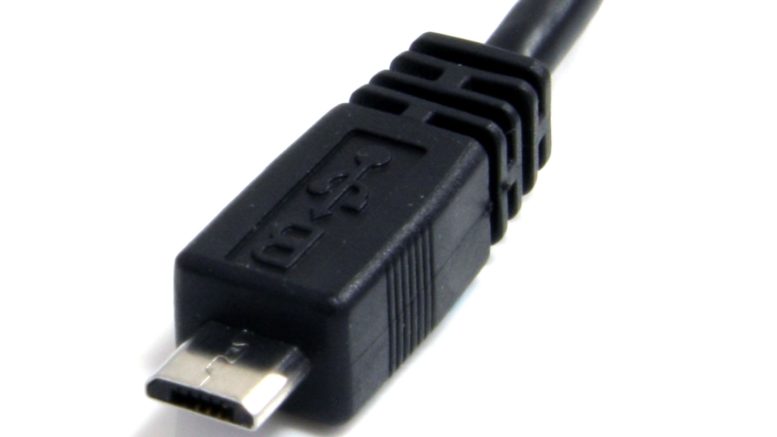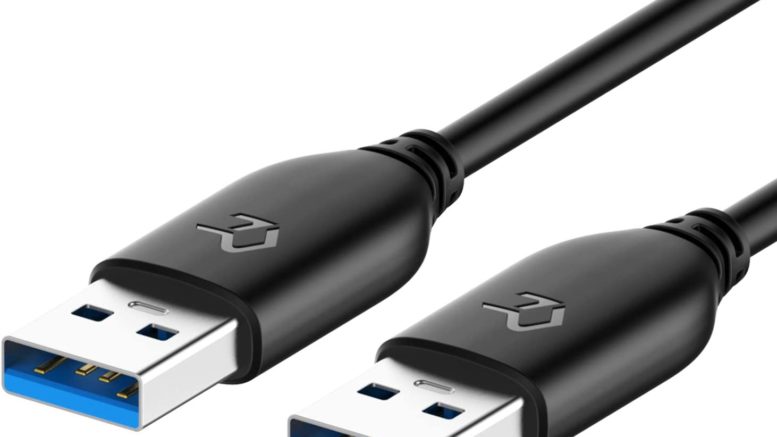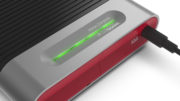The USB-C connector was introduced to the world in 2014. I know, I wrote about it at the time. Since then it’s become the default connector for most cell phones and other mobile devices. Even Apple is slowly lurching in that direction.
USB-C, which uses the USB 3.2 protocol, is better in every way than its predecessor. The USB 3 standard is faster than USB 2. The connector is smaller and easier to insert. It’s designed so that it can be inserted either side up and it still works. It can even be configured to supply enough power to run a monitor or laptop. There’s very little to dislike about this handy little connector.
So why do we still have to deal with USB type A?
USB Type A and MicroUSB
The top of this article shows the familiar USB type A connector. This rectangular plug was a marvel when it came out in the late 1990s. It replaced much larger plugs and worked incredibly well. But it wasn’t perfect. The Type A connector was intended as a “source” connector, meaning it was designed to connect to a computer. Depending on what was on the other end, you had one of several connectors, each worse than the other.

Of course the worst of these is the unfortunately ubiquitous MicroUSB connector. This is the connector that adorned most phones until recently. It’s the one that I guarantee will take three tries to insert.
The Type A connector isn’t terrible, although you still tend to put it in upside down more often than not. It’s just that our definition of “compact” has changed and this plug seems mighty big.
So why are we still stuck with it?
It takes a lot of time for standards to change. I once read that the width of railroad tracks is based on the width of military wagons… during the Roman Empire. That may not be true (or it may) but it demonstrates that if some standard is successful, it hangs around forever. And, USB type A has been incredibly successful for decades. It’s the de facto standard for generations of laptops. It’s on every computer. Practically every computer out there uses it. And so, it’s not going anywhere.
Yes, you can get inexpensive adapters that will take USB type A or MicroUSB and convert it to USB-C. Realistically most people won’t do this. They’ll wait until their new device doesn’t come with the old port anymore and then they’ll get rid of stuff. I know, I do it too.
The real question is when this will happen. In the 20th century, such “eat-your-children” moves were commonly started by Apple. The company ditched generation after generation of perfectly good hardware in pursuit of the latest and sleekest look. Lately though, Apple’s lost a bit of its nerve in that department. (That’s not a bad thing.) After stripping every port but USB-C from its laptops, they’ve backtracked and started including some of the older ports at customer request.
I hate to say it but those USB type A ports on your devices aren’t going anywhere. Give it another ten years, and I’ll probably still be saying the same thing. Hopefully, during all that time, you’ll be shopping for the cables and adapters you need from Solid Signal.





